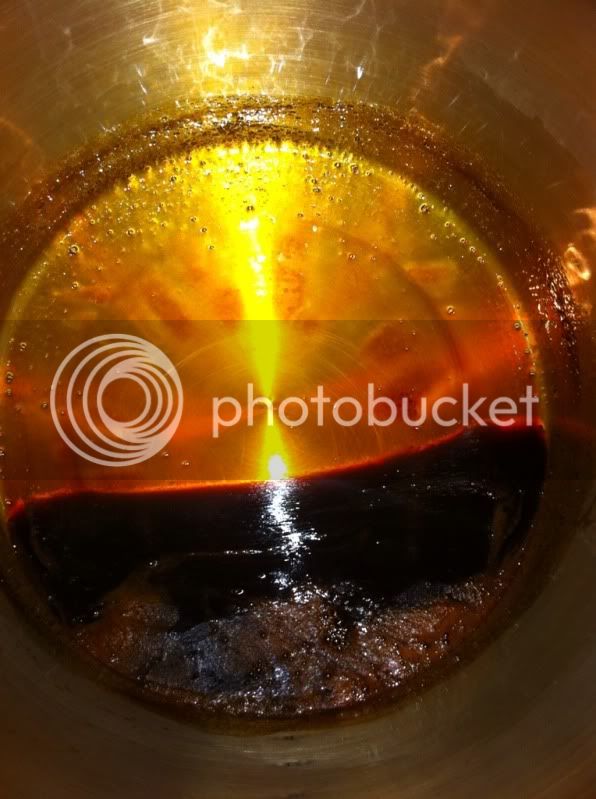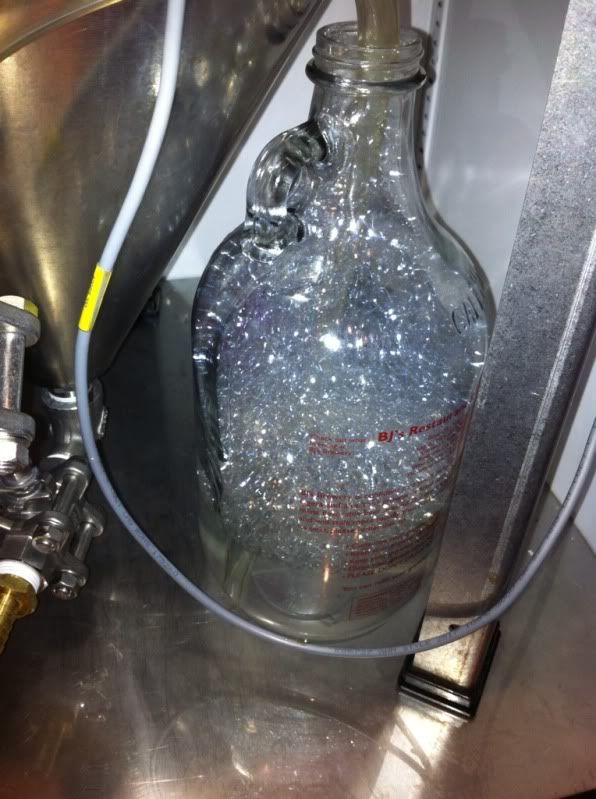Thanks. I can't wait till Saturday. I'm gonna brew it then.
Boiling down the .75 to a syrup will be interesting.
...starts to burn and bubble.... I assume this is a process that 'play be year, or eye'
How far is too far? I assume we are going for a caramel-y theme. But is there a fine line between that and scortch?
Boiling down the .75 to a syrup will be interesting.
...starts to burn and bubble.... I assume this is a process that 'play be year, or eye'
How far is too far? I assume we are going for a caramel-y theme. But is there a fine line between that and scortch?




